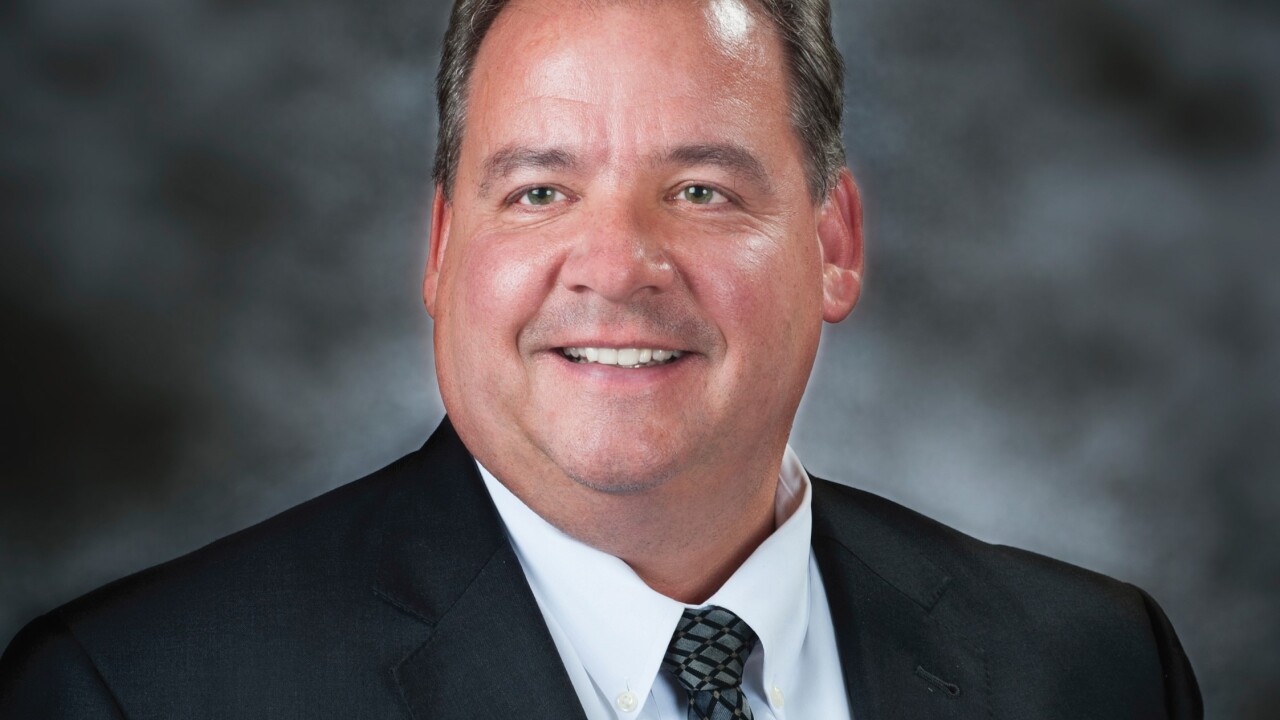Synchrony Financial in Stamford, Conn., is so far weathering the rise in customer defaults in the U.S. credit card business.
The store-branded card issuer reported net earnings of $555 million during the third quarter. That figure was down from $604 million in the same period a year earlier, but better than the expectations of analysts.
Synchrony, spun off from General Electric in 2015, is one of the nation’s largest issuers of private-label credit cards, a segment that tends to produce higher loss rates than the rest of the card industry. The company’s large retail partners include Amazon, Walmart and Lowe’s.
Last week, Citigroup

At Synchrony, the percentage of loans that were at least 30 days past due in third quarter rose to 4.80%, up from 4.26% a year earlier. Net chargeoffs rose at a similar rate, and the provision for loan losses increased by $324 million to $1.3 billion.
But those increases were generally in line with analysts’ expectations, and Synchrony’s stock price climbed by more than 4% on Friday morning.
Mark Palmer, an analyst at BTIG Partners, wrote in a research note Friday that while Citi and some other credit card issuers are just now confronting the worsening payment trends, Synchrony did so more than a year ago.
For example, Synchrony has tightened its underwriting standards in response to the worsening payment rates.
Chief Financial Officer Brian Doubles said during a conference call Friday that the stricter standards have modestly hurt customer spending on Synchrony cards; purchase volume at the $92.5 billion company rose by 4% during the third quarter.
Growth in loans was stronger. Loan receivables totaled $77 billion, up 9% from the third quarter of 2016.
“Our focus on strong organic growth across our sales platforms has helped deliver another solid quarter,” Synchrony CEO Margaret Keane said in a press release.





